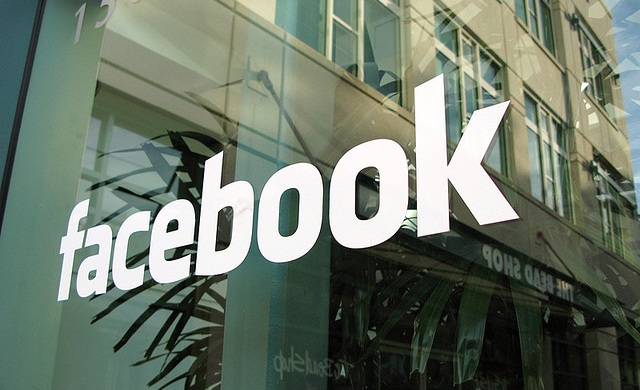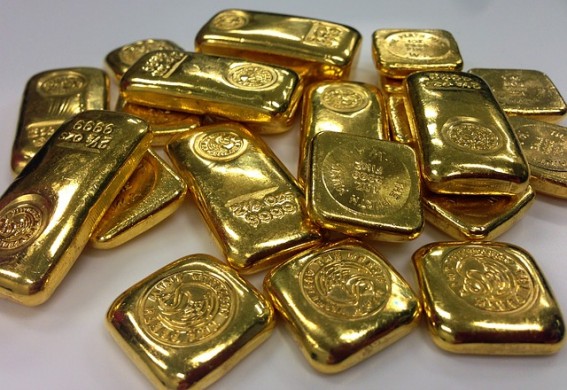The following is an extract from Zak Mir’s Amazon eBook bestseller, Lessons From The Financial Markets For 2013 which you can read by clicking here

Facebook (NASDAQ:FB):
The Set Up
IPOs are one of the most serious/pivotal business days as far as any company is concerned, very often the all-time highlight. To my mind the IPO day is on a par with the wedding day as far as a marriage is concerned. That is to say in the near-term and possibly even on a longer timeframe almost whatever happens the day of the IPO will be a high point. In other more cynical terms it could be said that it is downhill from there. Perhaps the timing of Zuckerberg’s wedding just days after the IPO was an acknowledgement of this? This means that even if the company in question does go on to create massive profits and does fantastically well, the chance of making money from the share price directly from the IPO price initially is very rare.
My general rule is therefore unless there is an obvious buy signal for a stock soon after it comes to market, you should normally wait a few months until a couple of trading updates have come through and the puff and bluster of the prospectus has been blown away. This is because of the problem of relatively few siren voices getting an airing before the IPO, and then normally too many cynics being unleashed after the float date.
But at least out of the wreckage of the first few days of Facebook, my friend and financial markets guru Alpesh Patel did manage to get recorded on the BBC in May saying that the shares would half, and they promptly did by September. The question of course was what to do after they had halved in value? According to conventional valuations – and I would take the word of my “mentor” Tom Winnifrith on this subject – on the basis of conventional earnings per share or the price earnings ratio, the real value of Facebook should probably be no more than five dollars a share.
However, I have to admit that although Facebook may be a little too friendly for my personality style, I am a fan and feel rather bruised at such a low valuation. Indeed, during the year I did write about my personal way of valuing new economy stocks. This is based on the experience of the dot-com bubble and what it taught us, as well as a knowledge that the Internet of the early 2000s is very similar to the railroads of the 19th century and companies that formed around that, as well as of course the first oil companies and the first car manufacturers in the last century.
It can be said quite simply on the basis of railroad, oil/cars, dot-com, that being first in any field should command a premium. If there is a bubble once again in the new economy it is because we are realising that many of the big names that have now become household names such as eBay (EBAY), Amazon (AMZN), and Facebook are companies that have a massive and probably permanent advantage. It is well known that in the old economy larger companies will take over their smaller rivals just in order to knock out the competition and thereby increase their growth and earnings prospects. In the case of the new economy, Facebook was the first major social media player and should be valued not in terms of how much its revenues or turnover is, but how much it would cost another company to create a new entity with similar market share. The best example of my argument comes from the Microsoft takeover of Skype in 2011 for $8.5 billion, a valuation that represented 32 times earnings. Commentators scoffed at the takeover, but my view is that it was a fair deal. If Microsoft wanted to replicate the Skype business and have as many users while Skype was still in business, it would not have been able to do this for $8.5bn or even $80bn. Coincidentally, 32 p/e is what Facebook’s will fall to in 2013 according to Business Insider. I have a feeling that the fate of Skype is what the fate of Facebook will be, if it gets cheap enough – $10-$15 – and perhaps even if it does not.
2012 Price Action
I suppose given how grossly overvalued Facebook shares are supposed to be according to the fundamental experts, who were curiously silent before the shares hit the stock market on 18 May, we should be grateful that even as much as one day was spent by the stock above its issue price. In fact the gap down the day after the IPO remains unfilled as do those of 16 and 27 July 16. Indeed, here we are in the inverse position to that of Apple described above pre-October, in that Facebook is showing us how consecutive gaps to the downside can deliver ultra-painful selloffs.
Bullish divergence in the RSI window gave us a rally from the start of September, with the gap higher through the grey 20 day moving average on 12 September particularly encouraging as it was forming an island bottom. Unfortunately the only thing which trumps an island bottom is an island top, one which came through on 24 September by a gap to the downside whose top is at $20.60. In fact the whole problem of the price action for Facebook between September and November 2012 is that it was essentially just a collection of alternating island tops and bottoms with an overall $19-$24 range.
Going into the final quarter of 2012 Facebook needed to deliver at least an end of day close back above the July gap down at $26.73 in order to begin to be a serious contender as a bottom fishing opportunity. As things stand it would appear to be something of a thankless task in trying to find the suitable entry point for the long-term unless, or until, this is achieved. But even though the task was thankless I did start to attempt in October to look for the conditions which might lead to the shares staging a turnaround. For some reason I had it in my mind that the decline from the opening day will eventually be reversed in the form of a U-shaped turnaround. In fact, the suspicion was that the 14 November end of day close back above the top of an October gap at $21.88 may have been the beginning of the end of the bear run for Facebook. By the end of November we were looking for sustained price action above the floor of the July gap at $24.54 to cement the nascent recovery idea. While of course the sensible thing would probably be to wait for $26.73 as described above, at least just before the time of publication the social media stock was making very interesting technical noises indeed. It really would not be surprising if that little three-day dip of the start of September below $18.50 was the selling climax point here. Put it this way, during the early autumn I did predict that Facebook could hit $45 during early 2013, and so far there is nothing which has happened which makes this appear less likely.
Payoff
Following on from the rather grandiose technical prediction, it will be intriguing to see whether the doomsters are really proved to be correct regarding the overvaluation of the social media group, and of course how foolish so many people were in buying at the IPO. While they may be correct in theory, and even in practice, on this occasion I would prefer to take the bull tack just so that the I told you so brigade are left reeling.

 Hot Features
Hot Features













